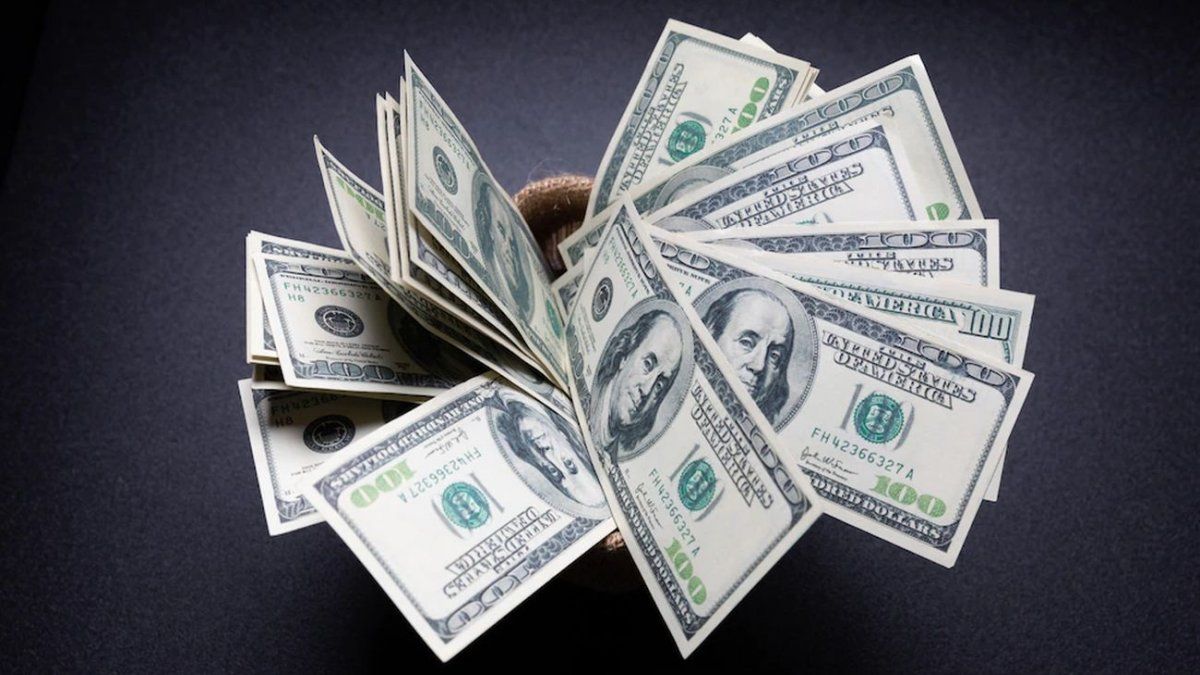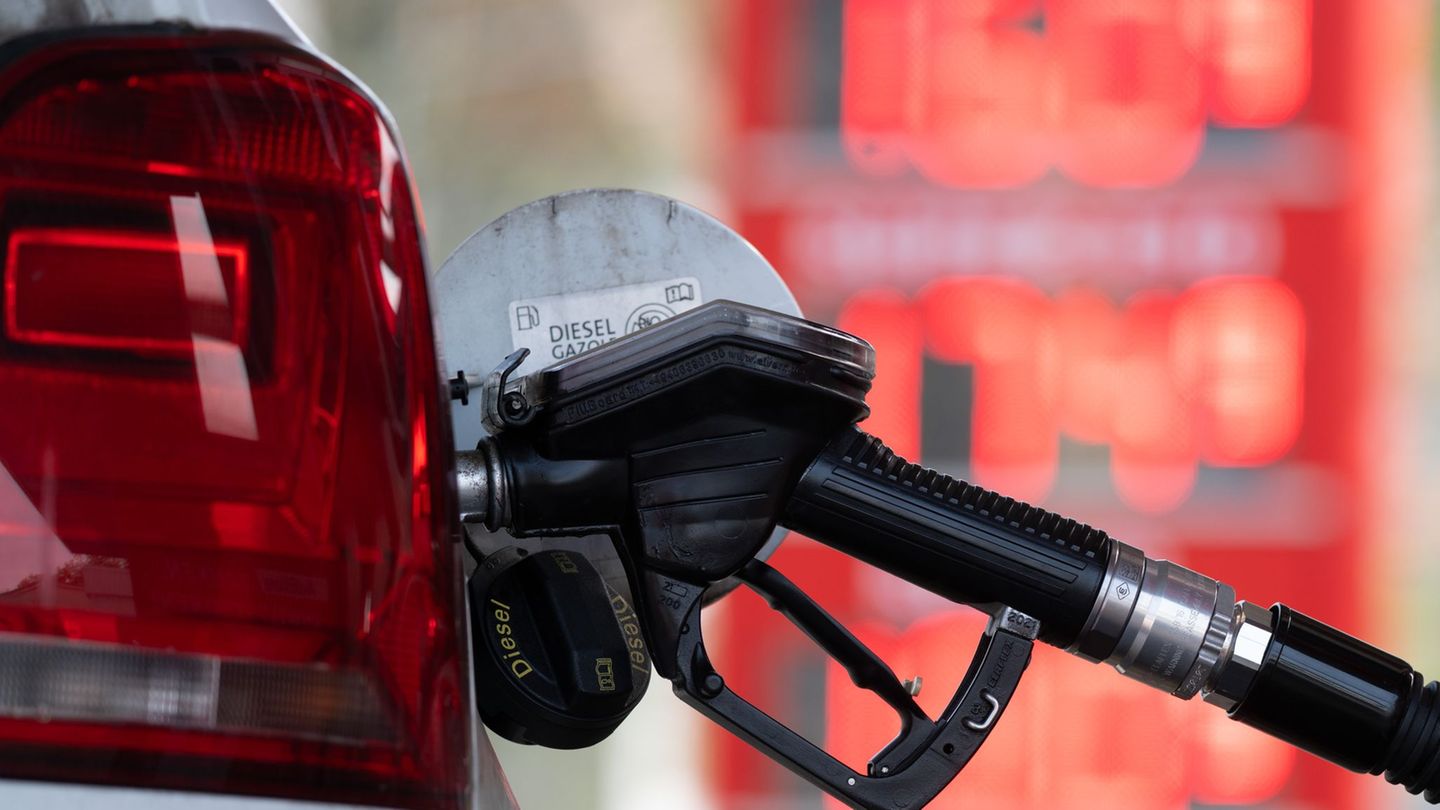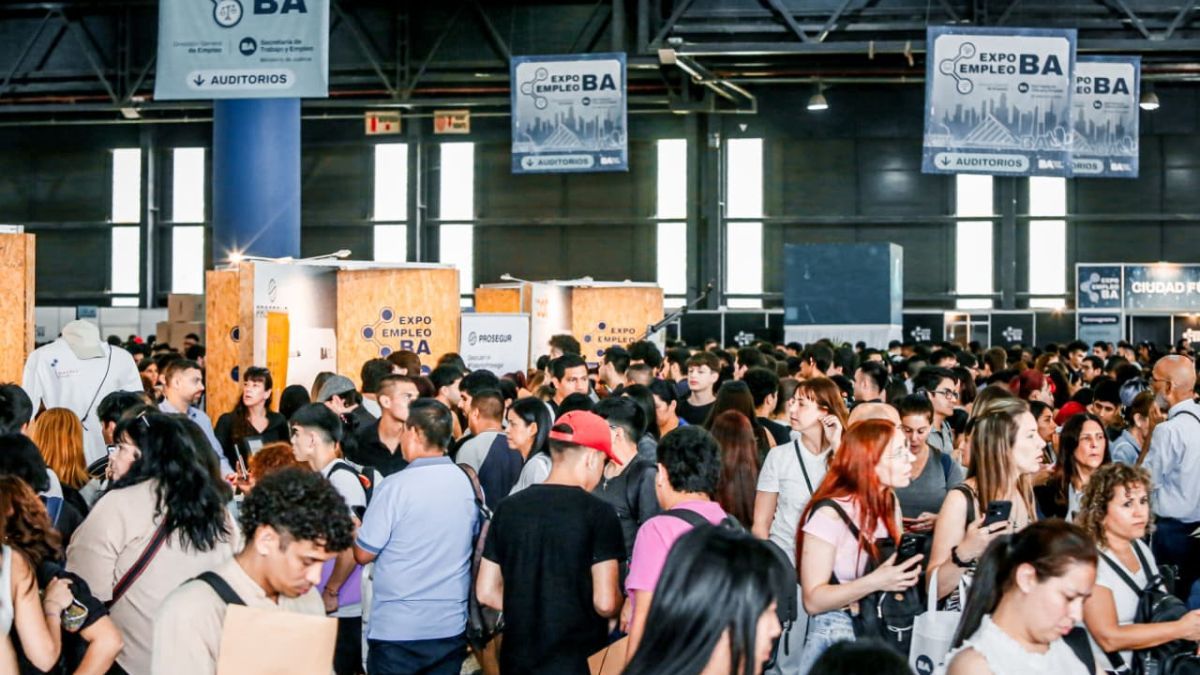He Dolar blue accelerated its bullish momentum last weekand closed on Friday, April 14 in record nominal levels, one day after touch $400 for the first time. Meanwhile, financial dollars also continued in the same direction with bullish dynamics above $400. But what is expected for this week?
The inflation data for March at 7.7% put very high expectations in the exchange market. The Central Bank of the Argentine Republic (BCRA) must make two decisions in relation to this: first, whether or not to raise the interest rate to generate higher returns on investments in pesos and reduce demand for the dollar. On the other hand, accelerate the official exchange rate to avoid falling behind and comply with the two requests from the International Monetary Fund (IMF). Up to now, one thing is certain: the dollarization of portfolios is an inevitable fact, especially in an election year. The question is when?
One of the factors accelerating the appreciation of multiple exchange rates is the soybean dollar. For the Eco Go economist Lucio Garay Méndez consulted by Ámbito, the announcements of a new dollar for the countryside will surely generate more growth and volatility in the parallels. “It happens that, on the one hand, the differential dollar for soybeans is going to inject more pesos into the economy, which will surely be transferred to the gap,” he says in dialogue with Ámbito.
In the words of Juan Pablo Albornoz, an economist at Invecq, “the agro dollar generates a greater monetary issue, because it is implicitly validating a hidden devaluation” and considers that this liquidity will sooner or later impact the price difference between exchange rates. This is due to the fact that, without a fiscal surplus, the Central necessarily prints to accumulate foreign currency through the commercial channel.
The second key has to do with the electoral process. Electoral processes have already begun in the country’s provinces and some alliances with prospects for the national PASO are beginning to be outlined. Political analysis is on everyone’s lips and that is why the first cards are beginning to be played. Gustavo Quintana, from PR Operadores de Cambio, affirmed with this outlet that political expectations will begin to impact the markets and anticipates that this could make “the Dolar blue show a more marked fluctuation in its price. And it is that Quintana indicates that it is “a small market with very strong changes in trend and reactive to the context, so it is to be expected that the tensions in the electoral bid and the definitions that exist regarding the candidates will be reflected in prices in that market.
Find out more: I followed the price of the blue dollar, official, CCL and MEP in Argentina
Likewise, it anticipates that, as is usually the case in Argentina, as the electoral process approaches, the tendency to dollarize savings will deepenbut recognizes that there is still a long way to go for this search for coverage to deepen to the usual levels of electoral processes, so it considers that we still have to wait.
The third key point is inflation. According to the economist at Epyca Consultores, Joel Lupieri, “the interest rate, up to now, is one of the few weapons that this administration has exhibited to avoid portfolio dollarization”, comments the economist. And, in this sense, he anticipates that it will be under upward pressure as hedging takes place, for which he maintains that “we will have to see how the BCRA reacts in this challenging context.”
If the BCRA decides not to delay the official exchange rate with respect to inflation, it is probable that an upward trend will be seen in the alternative dollars.
Source: Ambito
I am a 24-year-old writer and journalist who has been working in the news industry for the past two years. I write primarily about market news, so if you’re looking for insights into what’s going on in the stock market or economic indicators, you’ve come to the right place. I also dabble in writing articles on lifestyle trends and pop culture news.




